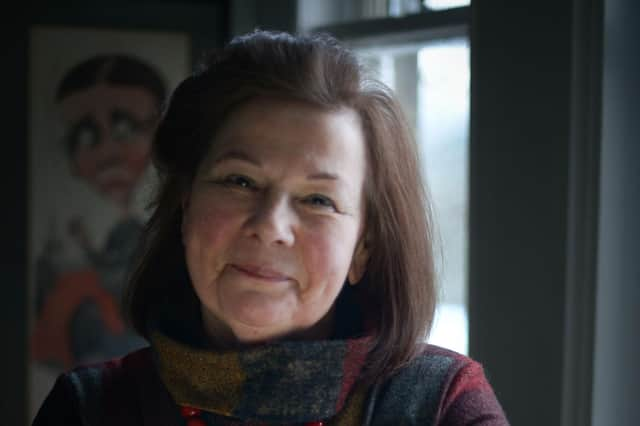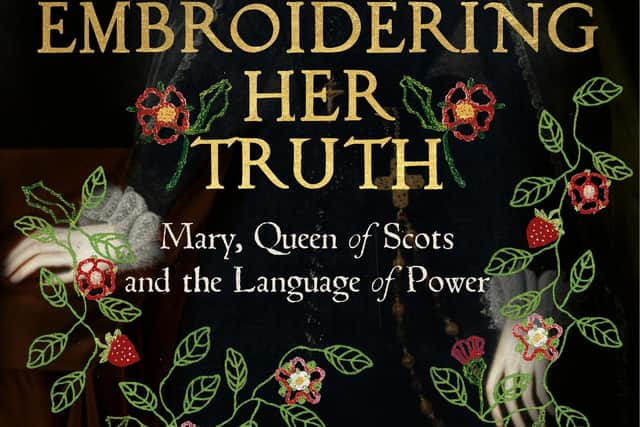Book review: Embroidering Her Truth: Mary, Queen of Scots and the Language of Power, by Clare Hunter


The story of Mary, Queen of Scots provides much grist for historians, novelists and filmmakers, but Clare Hunter has found a new way to approach it. Her first book, Threads of Life: The History of the World Through the Eye of a Needle, spanned continents and centuries to create a cultural history of needlework. Here, she homes in one story through the same lens: Mary’s life, as revealed in textiles.
For 16th-century aristocracy, she explains, material culture carried a symbolic language of power and status, from the canopied tents kings took into battle to the intimate embroideries kept in a lady’s bedchamber. For a woman like Mary, often denied a voice in a man’s world, it gave her a means to express herself more boldly than she could by any other means.
Advertisement
Hide AdIt is also a history full of absences. The years are not kind to textiles, and few from this period survive. Hunter’s job was part detective, digging through ledgers and order books, and part artist, imagining how things would have looked and felt. Laying out the historical context in an informed and accessible way, she draws on her expertise as a textile artist and curator to provide surprising shafts of light on the story.


Mary grew up at the French court, a place where the language of material culture was spoken fluently and with great opulence. In her Catholic faith, too, she was also used to a rich language of visual expression. These forces shaped the young woman who arrived, 18 years old and already both a queen and a widow, in a much poorer country in the grip of Presbyterian austerity.
Hunter describes how Mary used clothing and furnishings to express different aspects of herself: the demure widow, the spirited hostess (who so outraged John Knox with her “joyouestie”), the Queen attending her first Parliament in a splendid gown costing 175 Scots pounds (some £11,000 today). Her wardrobe exploded with fine fabrics and colours as she fell in love with Darnley, and when she triumphed over her detractors by giving the country an heir, the material celebrations she orchestrated for James’ baptism were the most splendid and daring of her reign.
Later, as a prisoner, the gradual shrinking of her wardrobe and her household tells the story of her diminishing power, while in her embroidery – there is a frisson of excitement as Hunter examines it in Holyrood Palace – she continued to express hopes for mercy from her cousin, Elizabeth I. She was executed in 1543, wearing a bodice and petticoat of blood red under her dark dress – symbols of martyrdom.
It’s not hard to see why Mary’s tumultuous life continues to capture the imagination. Hunter’s retelling illuminates it in unexpected ways, hinting at a much larger field of historical discovery in the hidden world of textiles where women, who were often denied a voice elsewhere, spoke their own language of power, love and diplomacy.
Embroidering Her Truth: Mary, Queen of Scots and the Language of Power, by Clare Hunter, Sceptre, £20
A message from the Editor
Advertisement
Hide AdThank you for reading this article. We're more reliant on your support than ever as the shift in consumer habits brought about by coronavirus impacts our advertisers.
If you haven't already, please consider supporting our trusted, fact-checked journalism by taking out a digital subscription at https://www.scotsman.com/subscriptions